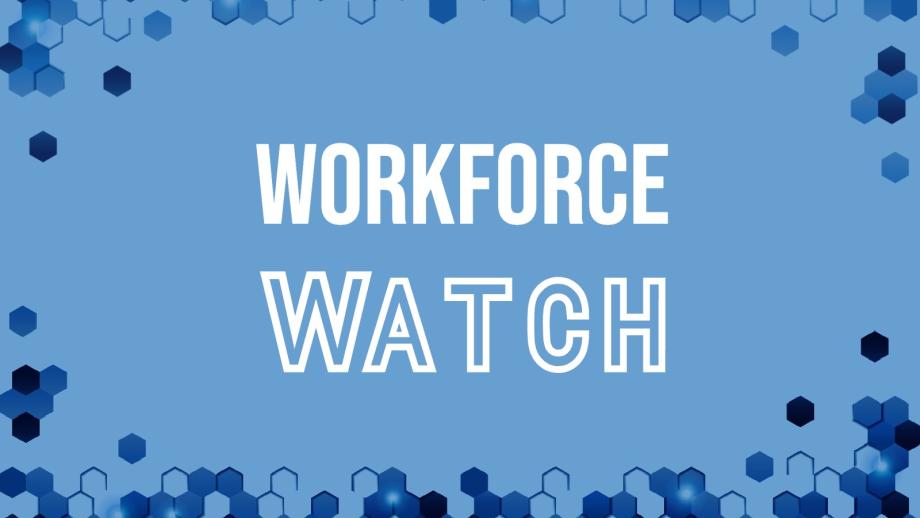The skills-based hiring movement is gaining well-deserved momentum for several compelling reasons. Focusing on skills—
- Broadens the talent pool.
- Fosters a more inclusive workforce.
- Enhances employee retention.
- Counters credential inflation, which has excluded capable candidates and contributed to underemployment among some degree holders.
Yet, despite considerable enthusiasm, recent research reveals that skills-based hiring influenced fewer than 1 in 700 hires last year, with most of the change attributed to a small subset of companies.
Alongside skills-based hiring, another trend stands out: the majority of “good jobs”—defined by a wage threshold—are still closely tied to bachelor’s degrees. A baccalaureate degree not only remains a primary entryway into high-skill roles but also carries a projected $1.2-million increase in individual lifetime earnings (see The College Payoff: More Education Doesn’t Always Mean More Earnings). With the economy increasingly centered on high-skill opportunities, bachelor’s degree pathways are expected to grow by 15 million jobs, while opportunities tied to high school or middle-skill pathways are projected to stay stagnant.
Source: Jeff Strohl, Artem Gulish, and Catherine Morris.
Yet, 52 percent of recent bachelor’s degree earners are underemployed, according to Talent Disrupted: Underemployment, College Graduates, and the Way Forward, a 2024 report by the Burning Glass Institute and Strada Institute for the Future of Work. In addition to internships, a student's major (or the signal of the skills acquired) is a key factor that reduces underemployment. Better alignment and signaling of the skills within credentials to meet employer needs is a key input to the economic mobility and professional success of learners.
These reasons are why the Business-Higher Education Forum recently convened higher education and business executives, along with select policy experts, to ensure that we marry the best of skills-based approaches with ensuring that all Americans also have access to affordable, high-quality, credential pathways into the economy of the future. Key takeaways include:
- Employers are still in the early adoption phase of using skills: Employers shared their commitment to using skills more broadly. However, even large, well-resourced organizations noted the difficulty of putting this into practice and that they are still in the early days of this journey. The absence of alternative processes, skills taxonomies, assessments, and technologies that are established and reliable to support hiring decisions is one of the factors that prevents adoption and will be needed to make progress.
- Signaling and measurement lags even further, but there are pockets of strength: The places where we hear and see stronger adoption of skills-based approaches tend to be where there are well-defined skills or alternative credentials (e.g., apprenticeships, professional certifications) available in combination with talent shortages that create urgency and reduce the risk of trialing new approaches. To broaden adoption, more progress is needed on two fronts: Employers need to clearly signal skills required for in-demand jobs across the workforce to educators. Similarly, more progress is needed for higher education to identify skills within a degree or credential to signal its overall value to both employers and learners. To make skills a compelling, superior alternative, we need transparent authentication approaches and a common notion of proficiency within particular skills.
- Technology is not the answer, but it is an important enabler: AI, for example, can help organize skills data so that people can focus on the cultural shifts essential for change. Emerging tools now allow workers to identify adjacent career paths, employers to reskill for new roles, and educators to recommend career-aligned skills. A variety of solutions are emerging that can enable the mapping of skills, identify adjacent career paths, and support reskilling efforts. For example, by leveraging AI-driven insights, Ellucian's Journey platform empowers both employers and employees to align skills with emerging roles, enhancing workforce agility and adaptability. Indeed, early results from a forthcoming survey fielded in September of 2024 by BHEF show that 83 percent of business leaders agree or strongly agree that better assessing and signaling students’ skills proficiency and gaps are a priority, and 50 percent of business leaders say their companies currently use technology to track individual skill attainment in some way.
- While skills-based hiring has been a focus, we need a holistic focus on building skills-based organizations: Recognizing a wide range of skills across roles empowers employees to grow within the company and enhances resilience. Skills-based organizations integrate learning, hiring, and ongoing development to support workforce mobility and long-term adaptability. In this way, skills can be a critical currency that can empower learners when an estimated 44 percent of skills are changing (see The Future of Jobs Report 2023, World Economic Forum).
- This movement is about skills AND credentials: Framing skills and degrees as opposing options creates a false dichotomy. Many employers still value degrees and institutional reputation, using it as a proxy for foundational, “durable” skills and credibility. Degrees (and longer credentials such as apprenticeships) are important for certain career pathways and advancement. If we look to a future where we can clearly unpack the learning outcomes within credentials and align these skills to occupations, we can help employers better find better-matched talent, learners and workers can better self-advocate and navigate, and education can be more personalized and aligned to workforce outcomes. A Fortune 100 BHEF member shared, "While we’re excited about the potential of skills-based hiring to broaden our talent pool and enhance diversity, degrees also provide a reliable baseline for many positions. By combining degrees with skills-based assessments, we’re better equipped to build a workforce that’s both capable and adaptable in today’s rapidly changing job market."
- When implemented well, skills can support equity: At the individual level, ensuring that the learner or worker is aware of and can express their skills in validated ways is key to initial and ongoing professional success and mobility. If skills as currency are widely adopted, learners and workers can navigate career pathways, move seamlessly, and achieve greater economic mobility and resiliency for the professions of today and tomorrow.
Doing so takes leaders across business and education who are invested in bridging learning and working and in validating learning outcomes and skills in different contexts. Bridging this gap requires:
- Developing consistency in language and taxonomy between industry, education, and state agencies.
- Revising HR policies to encourage incorporating learning and mentoring into the workday, documenting skills and rewarding new skill acquisition, and creating touchpoints for continuous feedback to learners.
- Identifying skills within degrees and credentials to better signal their value.
- Adopting a holistic approach that combines stackable skills and degrees.
- Showcasing best practices to support implementation.
- Managing effective change across states, employers, and educational institutions.
Our work at the Business-Higher Education Forum continues to focus on employers being able to clearly signal the occupations and skills needed for the future. By doing this, higher education leaders can respond with agility to ensure that students are prepared for the jobs of the future.
Contact us at info@bhef.com to get involved in this important work.







